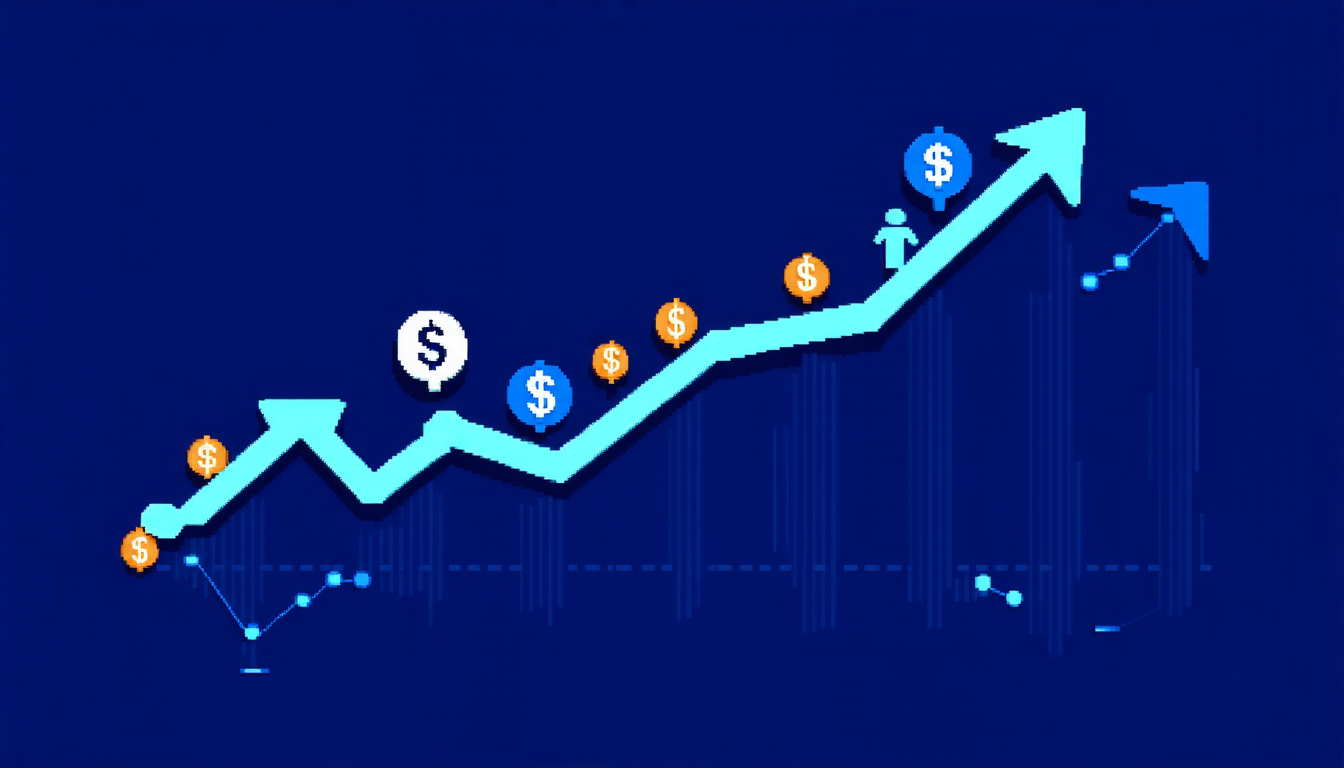Saturday 05 April 2025
The quest for a more accurate way to predict financial markets has been a long and arduous one. For years, economists and researchers have been trying to crack the code of market fluctuations, only to be foiled by their complexity and unpredictability. But a new study may have finally cracked the whip on this problem, using a novel approach that combines deep learning with traditional financial models.
The paper in question uses a type of neural network called a recurrent neural network (RNN) to analyze historical stock market data and make predictions about future movements. This isn’t particularly new or innovative – RNNs have been used for years in all sorts of applications, from language translation to speech recognition. But what sets this study apart is the way it combines these networks with traditional financial models.
The researchers started by collecting a massive dataset of historical stock prices and market indicators, going back decades. They then fed this data into an RNN, which was trained to recognize patterns and relationships between different variables. The network was able to learn all sorts of interesting things about the market, from the way that certain events (like economic downturns or natural disasters) tend to affect stock prices to the way that investor sentiment can shift over time.
But here’s where things get really interesting: instead of just using this information to make predictions, the researchers used it to inform a traditional financial model. This model is based on the idea that stock prices are driven by fundamental factors like earnings and dividends, but also takes into account more abstract concepts like market sentiment and investor expectations.
The results were impressive: the combined RNN-financial model was able to predict stock price movements with much greater accuracy than either the RNN or financial models alone. This isn’t just a matter of tweaking some numbers – the study found that the model was able to make predictions that were significantly more accurate than those made by human analysts.
So what does this mean for investors and traders? For one thing, it could help them make more informed decisions about where to put their money. By being able to predict stock price movements with greater accuracy, investors could potentially avoid some of the risks and pitfalls associated with trading in financial markets.
But beyond just individual investors, this technology has big implications for the financial system as a whole. As more and more companies turn to artificial intelligence and machine learning to make investment decisions, we’re likely to see even more sophisticated models like this one being developed.
Cite this article: “Unlocking Financial Insights with Deep Learning: A Comprehensive Review of Recent Advances in Asset Management”, The Science Archive, 2025.
Artificial Intelligence, Machine Learning, Financial Markets, Stock Prices, Neural Networks, Recurrent Neural Networks, Rnns, Deep Learning, Financial Models, Predictions.







